GSA Advantage Unveils Enhanced Functionality for RelatedProducts: What Vendors and Buyers Need to Know
Big news for GSA Advantage users! The platform has rolled out a significant update that simplifies how Related Products (previously known as Product Accessories) function. This change promises a better shopping experience by making Related Products easier to find, compare, and purchase, whether as add-ons to a base item or as standalone products.
What’s New with Related Products?
GSA Advantage’s update brings several exciting enhancements, aimed at streamlining the purchasing process and offering more flexibility to buyers. Here’s what you need to know:
Rebranding to "Related Products":
What used to be called Product Accessories is now referred to as Related Products. This new name better reflects their role as complementary items to a base product, while increasing their visibility on the platform. Just a heads up for vendors: in SIP/EDI and FCP, these items will still be labeled as "Accessories."
Independent Search and Purchase:
The standout feature of this update is the ability to search for and purchase Related Products independently from their base product. This means buyers can find the perfect toner, cable, or other add-on without needing to first purchase the main item. It’s a hybrid functionality that treats Related Products as both complementary items and fully standalone products.
Enhanced Comparison Tools:
GSA Advantage now includes Related Products in the Compare Available Sources section of the Product Detail page. This makes it easier for users to compare prices, availability, and other details for Related Products across multiple vendors, supporting smarter purchasing decisions.
With this update, vendors have more tools to tailor their product listings. But how do you decide when to use Related Products and when to use Product Options? Here’s a quick guide:
Use Related Products when:
The product is an add-on that enhances the base item (e.g., toner for a printer).
It helps complete a setup (e.g., a docking station for a laptop).
It offers improved convenience (e.g., a phone case).
The item is made for compatibility with the base product (e.g., specialized software).
It’s necessary for maintenance (e.g., replacement parts).
Use Related Products when:
Customers need to customize the product (e.g., choosing extra memory for a computer).
They want to select a variant like size, color, or model.
It involves adding necessary features (e.g., extended warranties).
Customers need to substitute components (e.g., opting for a higher-capacity battery).
By understanding when to use each, vendors can ensure their products are displayed in the most relevant way, offering customers the flexibility they need.
What Vendors Should Do Next
Good news, no immediate action is required from vendors. However, if you prefer that certain accessories aren’t available as standalone items, you’ll need to adjust your listings. Here’s what to keep in mind:
Review your Product File (for FCP users) or SIP/EDI (for legacy users) to ensure that accessories are listed correctly.
If a product isn’t suited to being sold on its own, consider converting it to a Product Option.
Contact K&G with any questions related to your online catalog.
